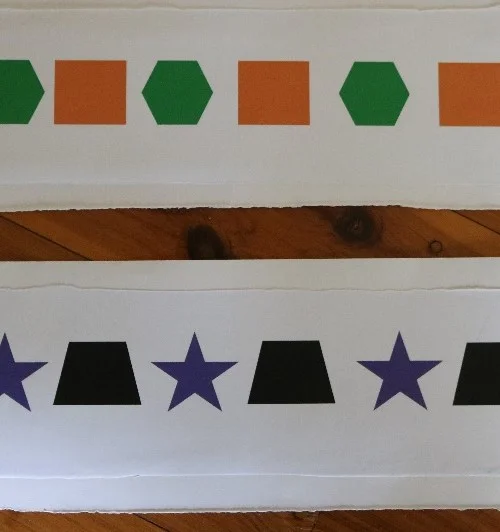No Right to Discriminate
Try as I might, I have been unable to convey to the younger generation the degree of sectarianism that existed when my mother was a child. That a catholic would marry a protestant was unthinkable. Never the twain shall meet; socially, in business, and only begrudgingly in sport. Your choice of occupation, and your relative success in that occupation, were heavily influenced by the religious order you stemmed from. Yes, here in Australia. The past is another country, they say.
The wheel had turned half circle in my youth, when we could be smug in the knowledge that our national cricket team was selected purely on merit, unlike teams from the sub-continent, where reportedly the particular sect a player belonged to heavily influenced their chance of being selected, and then accepted, into their national team. It all seemed rather pointless to our eyes – what did it matter what religion a person was – all that mattered was how many runs they could score.
The wheel is turning again, all in the name of religious freedom.
The trigger for this debate about religious freedom was the success of the same sex marriage plebiscite, with the inference made that allowing same sex marriage imperilled the ability of others to practise their religion. The link between the two I have been unable to see for myself.
You see, what is being asked for, is not at all the freedom to practise one’s religion, but the freedom to discriminate.
What is it that stops someone practising their religion now, in Australia?
What does the freedom to practise one’s religion look like? Let’s consider an absurd position. Ripping out the heart of a living human to offer it as a sacrifice to the gods, was at one point in time, a religious practise. Now of course, no one is suggesting that we return to this level of freedom in religious practise. This absurd example reminds us though that the freedom to practise requires boundaries. The challenge is determining where to set the boundaries.
I am only free to follow my religion, if I am not forced to follow yours. For people who are agitating for religious freedom, it must seem rather perverse that the freedom to practise their religion only exists because they have not been forced to follow the dictates of another religion. So freedom to follow your religion can only exist if you have freedom from another religion. The restriction on the ability of one person to force their religious views upon you is an absolute necessary precondition for you to be able to follow your own religion.
This gives us two factors to consider when setting the boundaries: the ability to practise ones religion must be limited, so that practising religion would not cause harm to others, and so that it doesn’t limit their ability to live according to their own beliefs. And these limits must be agreeable to those who are religious, because without them, they could not follow the religion of their choosing.
We must always remember, that limiting the practise of religion in no way limits the capacity for someone to hold a set of beliefs: what is limited though is what actions can be taken in accordance with those beliefs. For religious freedom to exist, in a world with more than one religion, there are natural limits to religious freedom.
The frustration felt by religious people following the success of the same sex marriage plebiscite is two-fold: a diminishing ability to inflict their views onto others, and discomfort from mixing with people who do not share their views.
What people really want, with this recent demand for religious freedom, is the ability to limit their interactions with people who don’t share their beliefs or even worse in their mind, whose general approach to life they find quite distasteful. For instance, Catholics do not want to be forced to employ someone who is in a same sex marriage, or who has a child out of wedlock.
The link I am unable to make, is how the existence of a gay person, in close proximity to say, someone from the Hillsong church, makes it impossible for the Hillsong person to continue to participate in their church. It doesn’t! But still they call for the right to discriminate. The need to limit the lives of others continues, but now it will take a different form.
Where would be the limit to the freedom to discriminate? A catholic school would prefer not to hire a homosexual teacher, or even someone who is not of the faith. What of the plumber fixing the blocked drain – can the discrimination extend to any commercial engagement – so that the school would be allowed to insist that any people doing work for the school are also of the faith?
Let the church set the rules for the church, but in the world of commerce, the laws of commerce should apply.
The insistence by one group of people, that they cannot mix with another because they hold a different view of the world, is deeply concerning. It is this sentiment that sits behind the call for religious freedom.
There has been no loss of freedom experienced by people of religion, but a loss of power, or control over others, which in no way equates to a loss of control over their own lives.
With the wheel slowly turning, it is not hard to imagine the future: we only need to look to the past. A past filled with prejudice, bigotry, and discrimination resulting in division.



